Baton Rouge, the capital city of Louisiana, is a vibrant and culturally rich destination with a fascinating history and a wide array of unique attractions. From historical battles to culinary delights, Baton Rouge has carved its own niche in American culture.
n this article, we’ll delve into 15 things that Baton Rouge is famous for, shedding light on the lesser-known legends and intriguing facts that make this city a captivating and unforgettable place to explore.
Baton Rouge, a captivating city nestled along the banks of the mighty Mississippi River, holds a distinct charm that emanates from its rich history, vibrant culture, and diverse influences.
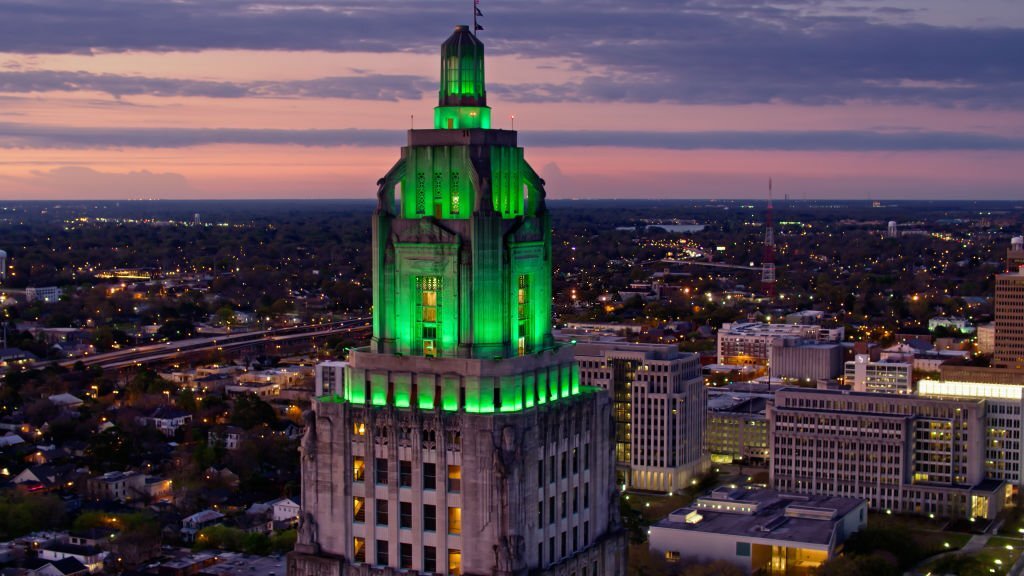 As the capital of Louisiana, Baton Rouge has etched its name in the annals of American history, boasting a tapestry woven from the threads of Native American, French, Spanish, and African heritage. This amalgamation of cultures has given rise to a city renowned for its unique blend of traditions, cuisine, and artistic expressions.
As the capital of Louisiana, Baton Rouge has etched its name in the annals of American history, boasting a tapestry woven from the threads of Native American, French, Spanish, and African heritage. This amalgamation of cultures has given rise to a city renowned for its unique blend of traditions, cuisine, and artistic expressions.
With its roots tracing back to the French colonial era, Baton Rouge stands as a testament to the struggles and triumphs that have shaped the American South.
The city’s significance extends beyond being a political hub; it is infused with an enchanting mix of antebellum architecture, cobblestone streets, and historic sites that tell stories of battles fought and won. If you’re interested in exploring similar tales of wonder, you should definitely check out Unveiling Virginia’s Wonders for an in-depth look at what Virginia is known for. This captivating journey through Virginia’s history and attractions will deepen your appreciation for the rich tapestry of this remarkable state.
Among its remarkable landmarks is the Louisiana State Capitol, an art deco masterpiece and the tallest state capitol building in the United States, showcasing the city’s architectural prowess.
Contents
- 1 The Legend Behind the Red Stick
- 2 The Houmas Owned the Land Where Houmas House Sits Today
- 3 The Battle of Baton Rouge: Revolutionary History Beyond the Colonies
- 4 The Civil War’s Battle of Port Hudson: A Prolonged Siege
- 5 The Louisiana State Capitol: A Towering Presence
- 6 Ancient Wonders: Indian Mounds Predate the Pyramids
- 7 Baton Rouge and the Louisiana Purchase
- 8 Mark Twain’s Curious Affection for Baton Rouge
- 9 The Haunting of the Old State Capitol
- 10 Hidden Art: LSU Allen Hall Murals’ Enigmatic Past
- 11 Origins of a Fast-Food Favorite: Baton Rouge and Raising Cane’s
- 12 Pioneering Civil Rights: Baton Rouge’s Bus Boycott of 1953
- 13 A Musical Note: Rotolo’s Cup in Pitch Perfect’s “Cups” Scene
- 14 Mardi Gras Marvel: Pink Flamingos vs. Beads
- 15 LSU and City Lakes: A Serene Haven for White Pelicans
- 16 Mike VI: Baton Rouge’s Fierce and Beloved Tiger Mascot
- 17 Presidential Residency: Baton Rouge’s Link to Zachary Taylor
- 18 Conclusion
The Legend Behind the Red Stick
In the realm of folklore and history, there are tales that transcend time and space, weaving themselves into the fabric of cultures and societies. Among these tales is the captivating story of “The Legend Behind the Red Stick,” a narrative that has left an indelible mark on the collective imagination of those who have heard its whispers through the ages. To delve deeper into the essence of Ocean City, explore our page on The Essence of Ocean City.
This enchanting legend takes us back to a time when nature and humanity were intricately intertwined, when the boundaries between the mystical and the mundane were blurred. It unfolds in a land of untamed wilderness, where tribes roamed and communities thrived by drawing strength from the land that cradled them.
The Houmas Owned the Land Where Houmas House Sits Today
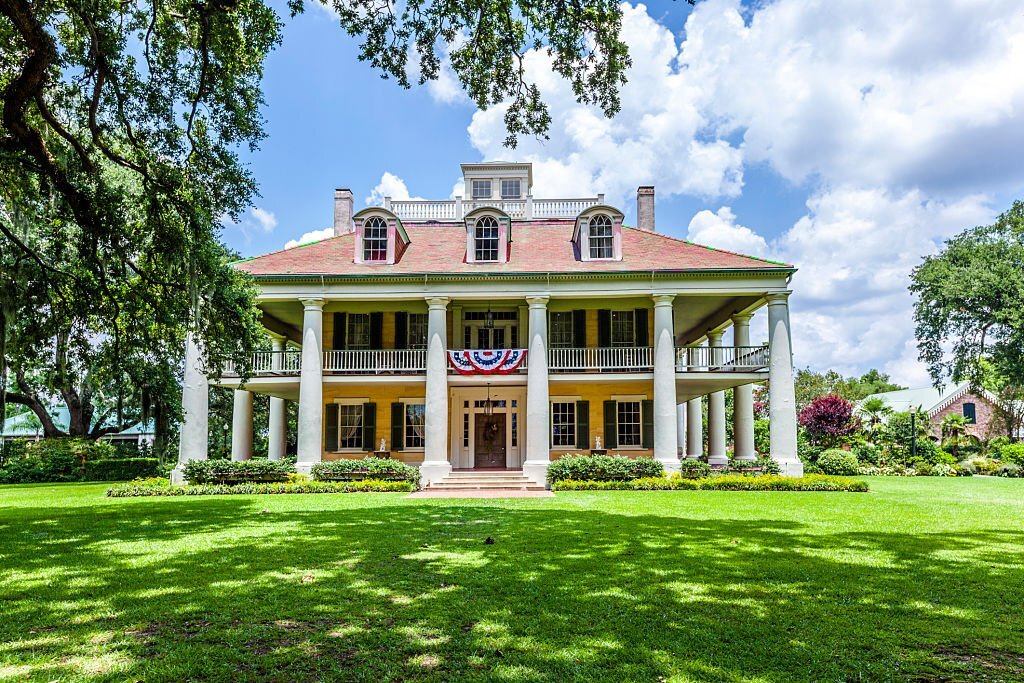
Nestled amidst the picturesque landscapes of Louisiana, the Houmas House stands as a testament to both history and architecture. However, beyond its grandeur, lies a fascinating tale of land ownership and cultural significance. The Houmas, a Native American tribe, are the often-overlooked pioneers who once owned the very land upon which the Houmas House now proudly sits.
To learn more about the history and cultural significance of this iconic estate, check out “Brighton’s Claim to Fame” on TalesofTravelers.com. This article delves into the intriguing history of the Houmas people and their enduring connection to this iconic estate.
The Houmas People: Long before grand mansions and plantations graced the region, the land surrounding the Houmas House was inhabited by the Houmas tribe.
This indigenous community, known for their deep-rooted connection to the land, thrived in the area for centuries. They cultivated the fertile soil, fished the nearby waters, and passed down traditions that shaped their unique way of life.
The Battle of Baton Rouge: Revolutionary History Beyond the Colonies
The American Revolutionary War is often associated with well-known events such as the Boston Tea Party, the Battle of Bunker Hill, and the signing of the Declaration of Independence. However, hidden gems in NJ, like those detailed in our article on “Hidden Gems in NJ” from TalesofTravelers.com, shed light on lesser-known yet equally significant events that played crucial roles in shaping the course of the war and its impact on global history.
One such event is the Battle of Baton Rouge, a pivotal conflict that occurred far beyond the original thirteen colonies. This article delves into the significance of the Battle of Baton Rouge and its role in shaping revolutionary history beyond the familiar colonial context.
The Battle of Baton Rouge took place on September 21, 1779, during the American Revolutionary War. While the thirteen American colonies were engaged in their struggle for independence from British rule, events were unfolding in other parts of the world that had the potential to reshape the balance of power on a global scale.
The Battle of Baton Rouge, fought between Spanish and British forces, is a prime example of this interconnectedness.
The Civil War’s Battle of Port Hudson: A Prolonged Siege
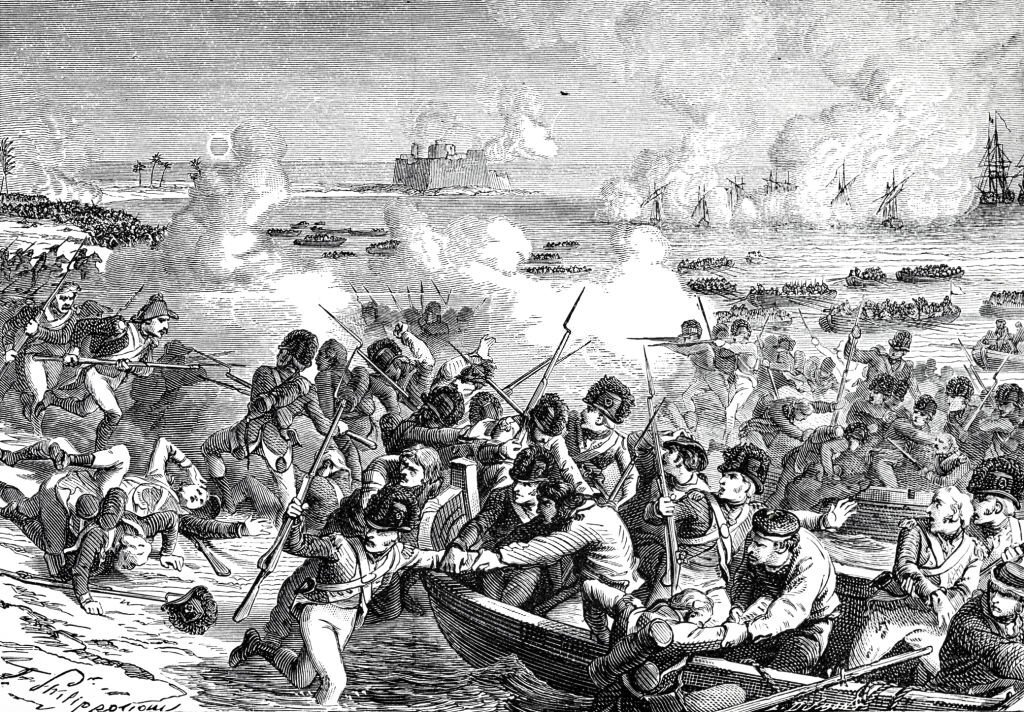 The Battle of Port Hudson stands as a testament to the endurance, valor, and strategic significance of the American Civil War. Often overshadowed by its more famous counterparts, this battle marked a crucial turning point in the conflict, showcasing the determination of both Union and Confederate forces.
The Battle of Port Hudson stands as a testament to the endurance, valor, and strategic significance of the American Civil War. Often overshadowed by its more famous counterparts, this battle marked a crucial turning point in the conflict, showcasing the determination of both Union and Confederate forces.
Lasting for 48 days, the siege of Port Hudson left an indelible mark on history, serving as a microcosm of the war’s complexity and the toll it took on the nation.
Located on the banks of the Mississippi River in Louisiana, Port Hudson held immense strategic importance due to its control over the river. The Confederacy’s grip on the river allowed them to maintain a lifeline for supplies and reinforcements from the west.
As such, Port Hudson became a critical target for Union forces seeking to cut off this supply route and gain control of the river.
The Louisiana State Capitol: A Towering Presence
Nestled in the heart of Baton Rouge, the Louisiana State Capitol stands as a symbol of power, resilience, and historical significance. With its distinctive design and towering structure, this iconic building serves as a testament to the state’s rich heritage and enduring spirit.
Rising majestically against the backdrop of the Mississippi River, the Louisiana State Capitol is not just a seat of government; it’s a work of art that captivates the eyes and hearts of all who behold it.
Designed by the renowned architect James H. Dakin and completed in 1932, the Capitol’s neo-Gothic and Art Deco influences converge to create a unique blend of architectural styles that evokes a sense of grandeur and importance.
Standing at a staggering height, the Capitol holds the distinction of being the tallest state capitol in the United States. Its 34-story structure soars above the city, commanding attention and symbolizing the lofty ideals that underpin the state’s governance.
The building’s towering presence is a reminder of the ambitions and aspirations of Louisiana’s citizens as well as a tribute to the challenges they have overcome.
Ancient Wonders: Indian Mounds Predate the Pyramids
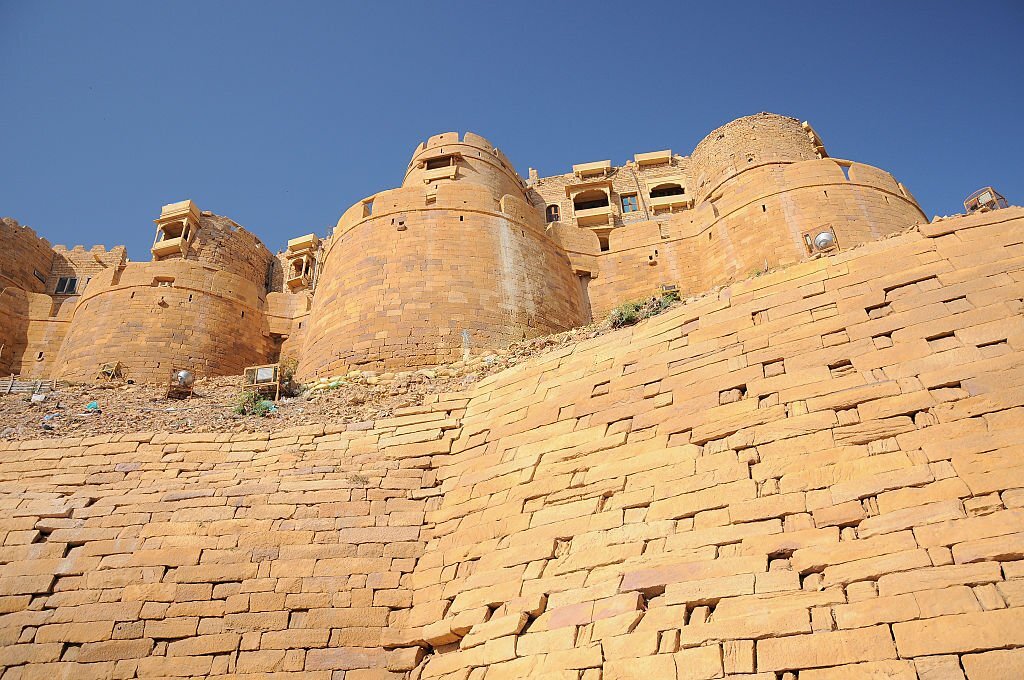 The world is dotted with remarkable structures that offer insight into the ancient civilizations that once inhabited the planet. While the Egyptian pyramids and the Mayan temples often steal the spotlight, there are other awe-inspiring archaeological wonders that have captivated researchers and history enthusiasts.
The world is dotted with remarkable structures that offer insight into the ancient civilizations that once inhabited the planet. While the Egyptian pyramids and the Mayan temples often steal the spotlight, there are other awe-inspiring archaeological wonders that have captivated researchers and history enthusiasts.
Among these are the lesser-known Indian mounds, enigmatic structures that predate even the famed Egyptian pyramids. These mounds, found across various regions of North America, reveal a rich and diverse history that sheds light on the indigenous cultures that thrived long before European contact.
Indian mounds are earthen constructions created by ancient civilizations across what is now the United States and Canada. These mounds vary in size and purpose, serving as burial sites, ceremonial platforms, and settlement foundations. Often constructed over centuries, they provide a unique glimpse into the cultural and technological achievements of their builders.
Baton Rouge and the Louisiana Purchase
The Louisiana Purchase stands as one of the most significant events in American history, reshaping the nation’s landscape and geopolitical dynamics. Among the notable cities impacted by this monumental land deal is Baton Rouge, a city that played a pivotal role in the expansion of the United States and the development of the newly acquired territory.
In 1803, President Thomas Jefferson negotiated the Louisiana Purchase, a vast acquisition of land from France that effectively doubled the size of the United States. This acquisition encompassed a vast expanse of land, ranging from the Mississippi River to the Rocky Mountains.
The Louisiana Purchase not only secured control over the vital Mississippi River and its trade routes but also opened up new horizons for westward expansion and economic growth.
Mark Twain’s Curious Affection for Baton Rouge
Mark Twain, the renowned American author and humorist, is often associated with his literary works that capture the essence of the Mississippi River and the vibrant culture along its banks.
While his famous novels like “The Adventures of Huckleberry Finn” and “The Adventures of Tom Sawyer” showcase his love for the river, a lesser-known but intriguing aspect of his life was his fondness for Baton Rouge, Louisiana.
Twain, born Samuel Langhorne Clemens, first visited Baton Rouge in the late 19th century during his travels along the Mississippi River. What started as a passing curiosity soon developed into a unique affection for this Southern city.
Twain was captivated by the city’s historical significance, its blend of French, Spanish, and Southern influences, and its rich tapestry of stories waiting to be told.
The Haunting of the Old State Capitol
The Old State Capitol stands as an iconic symbol of history, governance, and the passage of time. With its majestic architecture and rich historical significance, it has drawn countless visitors seeking to learn about the past.
However, beyond its grandeur and the stories of political debates that once echoed within its walls, there’s a darker and more mysterious side to this venerable building – one that whispers of ghostly apparitions, eerie encounters, and unexplained phenomena.
In this article, we delve into the chilling legends that have surrounded the Old State Capitol, exploring the accounts of paranormal activity and attempting to unravel the truth behind the haunting tales.
Built in a time when the nation was still in its infancy, the Old State Capitol was witness to pivotal events that shaped both the state and the nation.
It housed legislators, hosted significant debates, and bore witness to historic decisions. Today, it stands as a museum and a cherished historic landmark, but its halls harbor more than just the echoes of long-past speeches.
Hidden Art: LSU Allen Hall Murals’ Enigmatic Past
Nestled within the historical corridors of Louisiana State University (LSU), the Allen Hall Murals stand as silent witnesses to a bygone era, exuding an air of mystery that has intrigued students, scholars, and art enthusiasts for decades.
These captivating artworks, adorned on the walls of Allen Hall, not only showcase artistic prowess but also carry whispers of a past shrouded in enigma.
As one steps into the hallowed halls of LSU’s Allen Hall, the vibrant colors and intricate designs of the murals immediately command attention. Created by an anonymous artist or group of artists during a time of social and cultural upheaval, the murals capture the essence of their era while leaving behind a puzzle that continues to baffle historians.
Origins of a Fast-Food Favorite: Baton Rouge and Raising Cane’s
In the bustling world of fast-food chains, where burgers and fries often dominate the landscape, Raising Cane’s emerged as a unique and beloved player.
With its singular focus on chicken fingers and signature dipping sauce, this fast-food favorite has captured the hearts and taste buds of many. But what’s the story behind this Louisiana-born sensation that has taken the nation by storm?
Founded in Baton Rouge, Louisiana, Raising Cane’s has a humble and intriguing origin story that sets it apart from its competitors. The chain’s name itself pays homage to its roots—“Cane” refers to the Louisiana sugarcane industry, an important economic driver in the region’s history.
The journey began in 1996 when a young entrepreneur named Todd Graves faced a unique challenge: to secure funding for his dream of opening a chicken finger restaurant. With a business plan crafted during his college days and a love for chicken fingers acquired during trips to tailgate parties, Graves embarked on a mission to bring his vision to life.
Pioneering Civil Rights: Baton Rouge’s Bus Boycott of 1953
The struggle for civil rights in the United States has been marked by numerous pivotal events that have left an indelible mark on history. One such event, often overshadowed by the more well-known Montgomery Bus Boycott, is the Baton Rouge Bus Boycott of 1953.
This remarkable movement, initiated by African American residents of Baton Rouge, Louisiana, played a significant role in challenging racial segregation and setting the stage for the broader civil rights movement that would follow.
The Context of Segregation: In the 1950s, racial segregation was deeply entrenched in the Southern United States, including in Baton Rouge. African Americans faced discrimination and unequal treatment in various aspects of life, including public transportation.
The city’s buses enforced a racially divided seating arrangement that relegated African American passengers to the back of the bus, perpetuating a system of inequality and humiliation.
A Musical Note: Rotolo’s Cup in Pitch Perfect’s “Cups” Scene
The world of cinema has often witnessed the fusion of music and storytelling, creating unforgettable moments that resonate with audiences for years to come. One such instance is the iconic “Cups” scene from the movie “Pitch Perfect.
In this scene, the use of a simple prop, Rotolo’s cup, transcended its utilitarian purpose to become a musical instrument, adding a unique and captivating layer to the film’s narrative.
The Birth of a Scene: Released in 2012, “Pitch Perfect” quickly gained a cult following for its blend of humor, music, and camaraderie.
The “Cups” scene, in particular, stood out as a highlight of the film. Inspired by a viral video featuring Anna Kendrick performing the song “When I’m Gone” (also known as “The Cup Song”) with a cup as a percussive instrument, the filmmakers decided to incorporate the concept into the movie.
Mardi Gras Marvel: Pink Flamingos vs. Beads
Mardi Gras, the lively and vibrant carnival season, is celebrated with exuberance across various cultures and cities, but it holds a special place in the heart of New Orleans, Louisiana. Known for its flamboyant parades, colorful costumes, and lavish parties, Mardi Gras is a time of revelry and celebration.
One of the most iconic elements of this festival is the exchange of colorful beads, a tradition that has become synonymous with the event. However, in recent times, a quirky and unexpected competitor has emerged to challenge the reign of these beads: the beloved pink flamingos.
This article delves into the fascinating clash between these two Mardi Gras symbols and explores the cultural significance and evolution of this whimsical rivalry.
For decades, Mardi Gras beads have adorned the necks of revelers, and the sight of these colorful plastic treasures has become an inseparable part of the carnival experience.
The tradition of tossing and collecting beads during parades has turned into a spirited competition, with participants striving to amass the most impressive collection. These beads are not just accessories; they carry a sense of accomplishment, capturing the essence of the celebration.
LSU and City Lakes: A Serene Haven for White Pelicans
Nestled within the heart of bustling Baton Rouge, an unexpected haven of tranquility unfolds at the Louisiana State University (LSU) and its surrounding City Lakes. This picturesque scene is not only a sanctuary for students seeking respite from their academic pursuits but also a serene refuge for an elegant and majestic avian resident – the White Pelican.
As the sun rises over the expansive City Lakes, the tranquil waters reflect a palette of golden hues, providing a breathtaking backdrop for the spectacle that is about to unfold.
The LSU campus, known for its academic excellence, also boasts an unanticipated natural treasure. The serene lakes, nestled amidst the campus grounds, are a haven for countless species of birds, but the White Pelicans steal the show.
With a wingspan that can reach up to nine feet, the White Pelican is an embodiment of grace and beauty. These elegant creatures are migratory by nature, traveling vast distances from their breeding grounds to find suitable winter habitats.
And the City Lakes, with their abundant fish populations and tranquil atmosphere, prove to be the ideal retreat for these magnificent birds.
Mike VI: Baton Rouge’s Fierce and Beloved Tiger Mascot
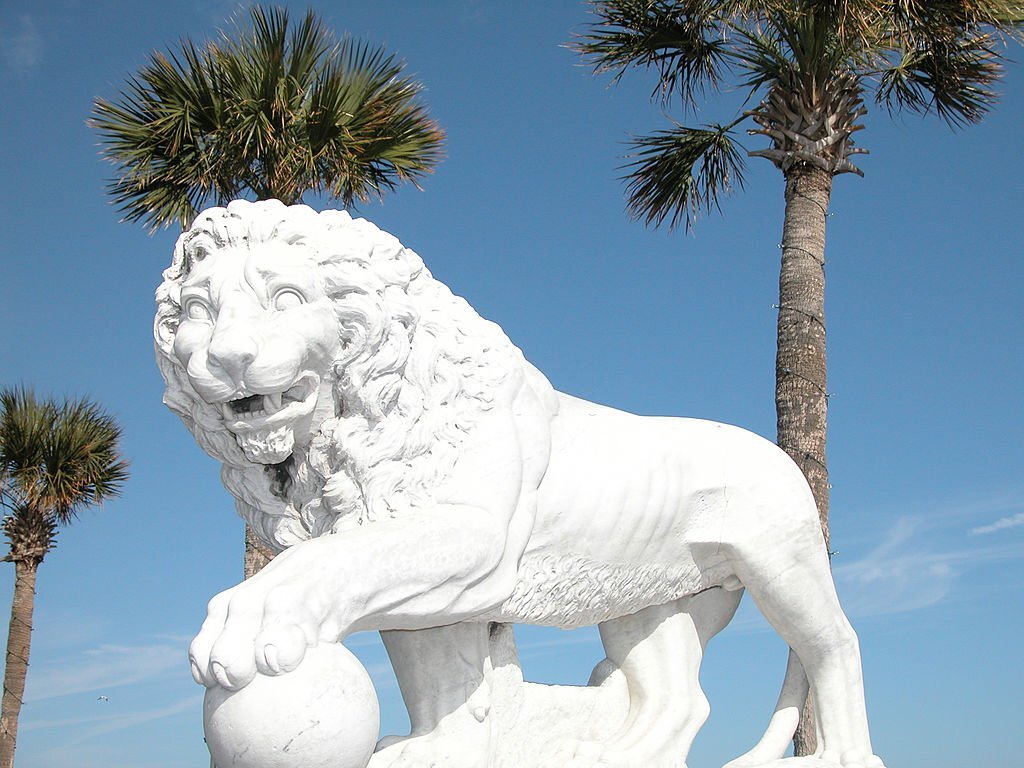 In the heart of Baton Rouge, Louisiana, a powerful and iconic presence graced the campus of Louisiana State University (LSU) for years. Mike VI, a majestic tiger, stood as the embodiment of school spirit, pride, and tradition. As the university’s beloved live mascot, Mike VI captured the hearts of students, alumni, and fans alike, becoming an integral part of LSU’s culture and identity.
In the heart of Baton Rouge, Louisiana, a powerful and iconic presence graced the campus of Louisiana State University (LSU) for years. Mike VI, a majestic tiger, stood as the embodiment of school spirit, pride, and tradition. As the university’s beloved live mascot, Mike VI captured the hearts of students, alumni, and fans alike, becoming an integral part of LSU’s culture and identity.
Mike VI was not just a mascot; he was a symbol of strength and resilience. Born in July 2005, he inherited a legacy that began with Mike I in 1936. Each tiger that held the name “Mike” served as a living testament to LSU’s commitment to excellence and its deep connection with the Bengal tiger, which embodies the spirit of the LSU Tigers athletic teams.
Presidential Residency: Baton Rouge’s Link to Zachary Taylor
In the heart of Baton Rouge lies a hidden historical gem that resonates with the legacy of the 12th President of the United States, Zachary Taylor. This scene of American history unfolds at a historic site where Taylor once called home, offering a glimpse into the life of a military hero turned commander-in-chief.
Tucked away along the banks of the mighty Mississippi River, Baton Rouge boasts a rich history that spans centuries. At the center of this narrative is a house that witnessed the remarkable journey of Zachary Taylor. Known for his leadership during the Mexican-American War and subsequent ascent to the presidency, Taylor’s legacy is deeply intertwined with the city’s story.
Conclusion
Baton Rouge’s fame is a tapestry woven with threads of history, culture, and unique experiences. From its pivotal role in American history to its culinary and artistic contributions, Baton Rouge continues to captivate and intrigue visitors.
Exploring this city is like embarking on a journey through time and culture, where each corner reveals a new facet of its storied past.
